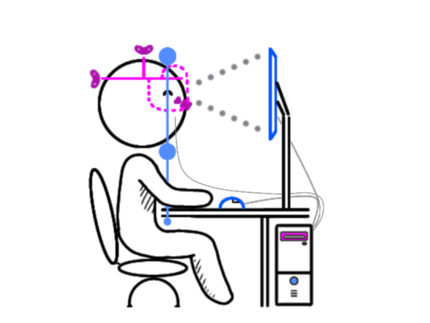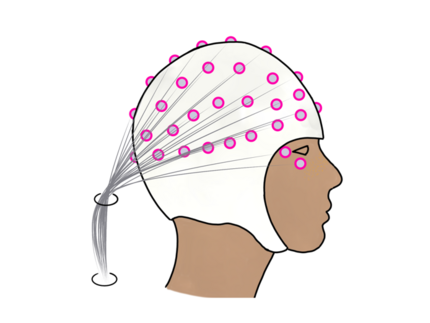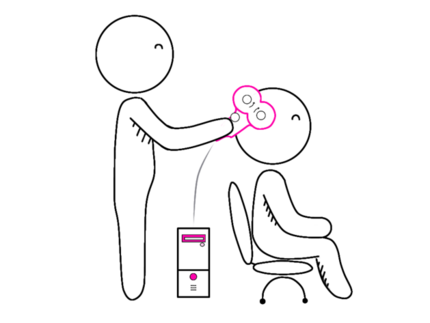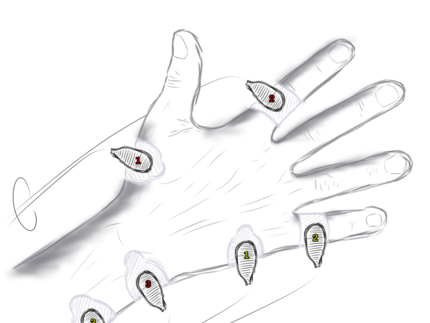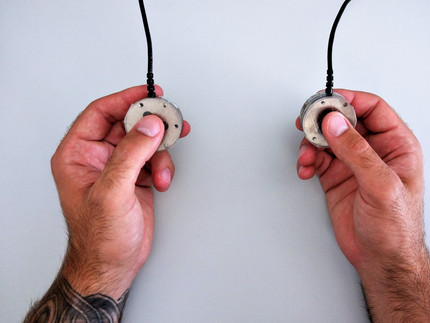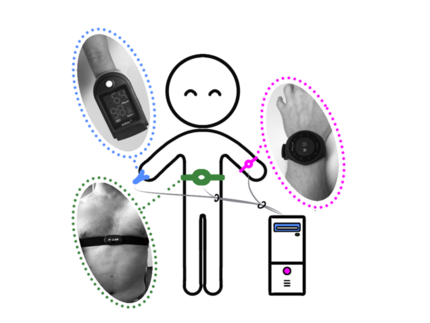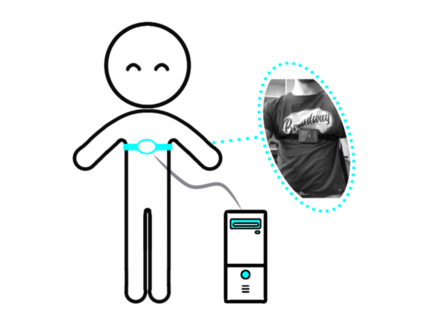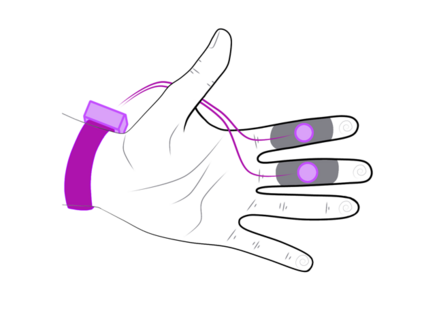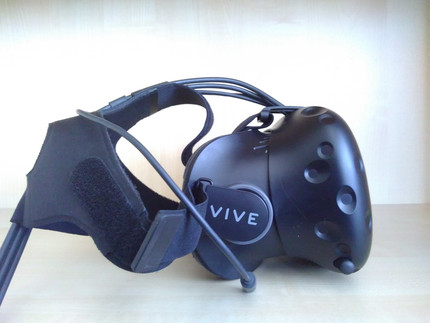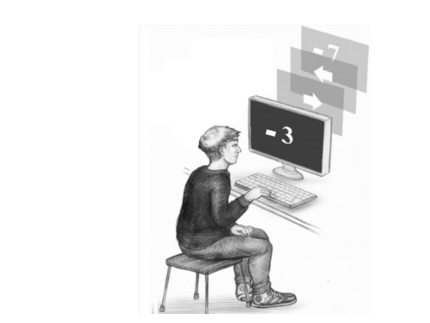Labs
Eyetracking Lab
In cognitive science, as a cluster of psychology at Potsdam University, psychologists, physicists, computer scientists, linguists, mathematicians, and biologists do interdisciplinary research on topics regarding perception, memory, language, emotion and other cognitive processes.
At eyelab, we mainly investigate visual, occulomotor and linguistic processes. For instance reading, shifts of attention and working memory are being explored. Mathematical and computational models are developed, which allow for the comparison of real data with theoretical predictions. Video on Youtube about our EyeLab.
Example publication with eyetracking: https://doi.org/10.1037/xge0001140
EEG & TMS Lab
Our EEG & TMS lab is located at Campus New Palais. In this lab, we conduct our neuroscientific research.
EEG
We use an electroencephalogram (EEG) to record brain oscillations in our test persons.
Example publication with EEG: http://doi.org/10.5334/joc.148
TMS
With transcranial magnetic stimulation (TMS) we stimulate our research participants' cortex to investigate functional cognitive relationships.
Example publication with TMS: https://doi.org/10.1016/j.bandc.2019.105510
Grip Force Measure
The goal of the Motor Lab is to understand the role of the human motor system in cognition. We use bimanual grip force recording, mouse tracking and touch screen technology in order to investigate a wide range of cognitive phenomena from basic ones, such as perception-action coupling, to the higher-level cognition – numerical and mathematical cognition, language processing, including abstract and idiomatic language, conceptual understanding of time, and processing of emotional information.
Example publication with grip force measure: https://doi.org/10.3389/fnhum.2020.590508
Physiological Methods Laboratory
In our labs, we measure physiological correlates of cognition, such as heart rate variability, respiratory rate, and skin conductance.
Breathing Measurement
We measure the breathing rate of our test participants with a breathing belt while they perform cognitive tasks.
Example publication with breathing measurement: https://doi.org/10.1007/s00221-021-06147-z
Skin Conductance
Skin conductance / galvanic skin response (GSR) is another physiological method we use to investigate the relationship between cognitive mechanisms and physical phenomena.
Example publication with skin conductance: https://doi.org/10.1007/s12369-021-00749-x
Virtual Reality Lab
In this lab, we use a HTC Vive to test predictions abouth theories on Embodied Cognition.
Review article about vitrual reality: https://doi.org/10.1515/icom-2018-0042
Further Labs
Our group also uses computer-based testings in room 14.4.28 and 14.5.07. An example is reaction time measurement. Test participants for instance respond to stimuli presented to them visually on the computer screen by pressing a button.
Example publication with reaction measurement: https://doi.org/10.1038/s41598-022-16730-1

